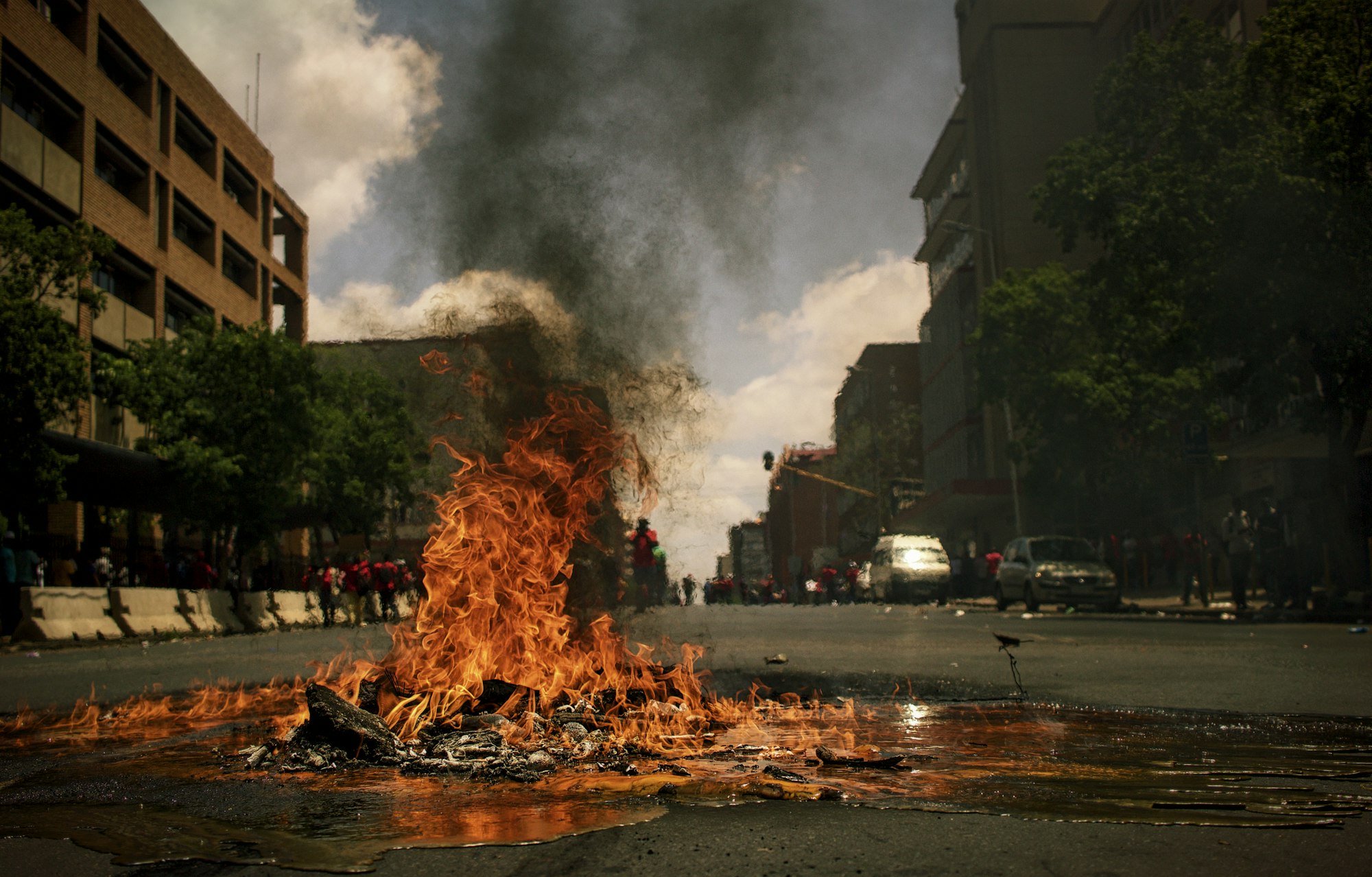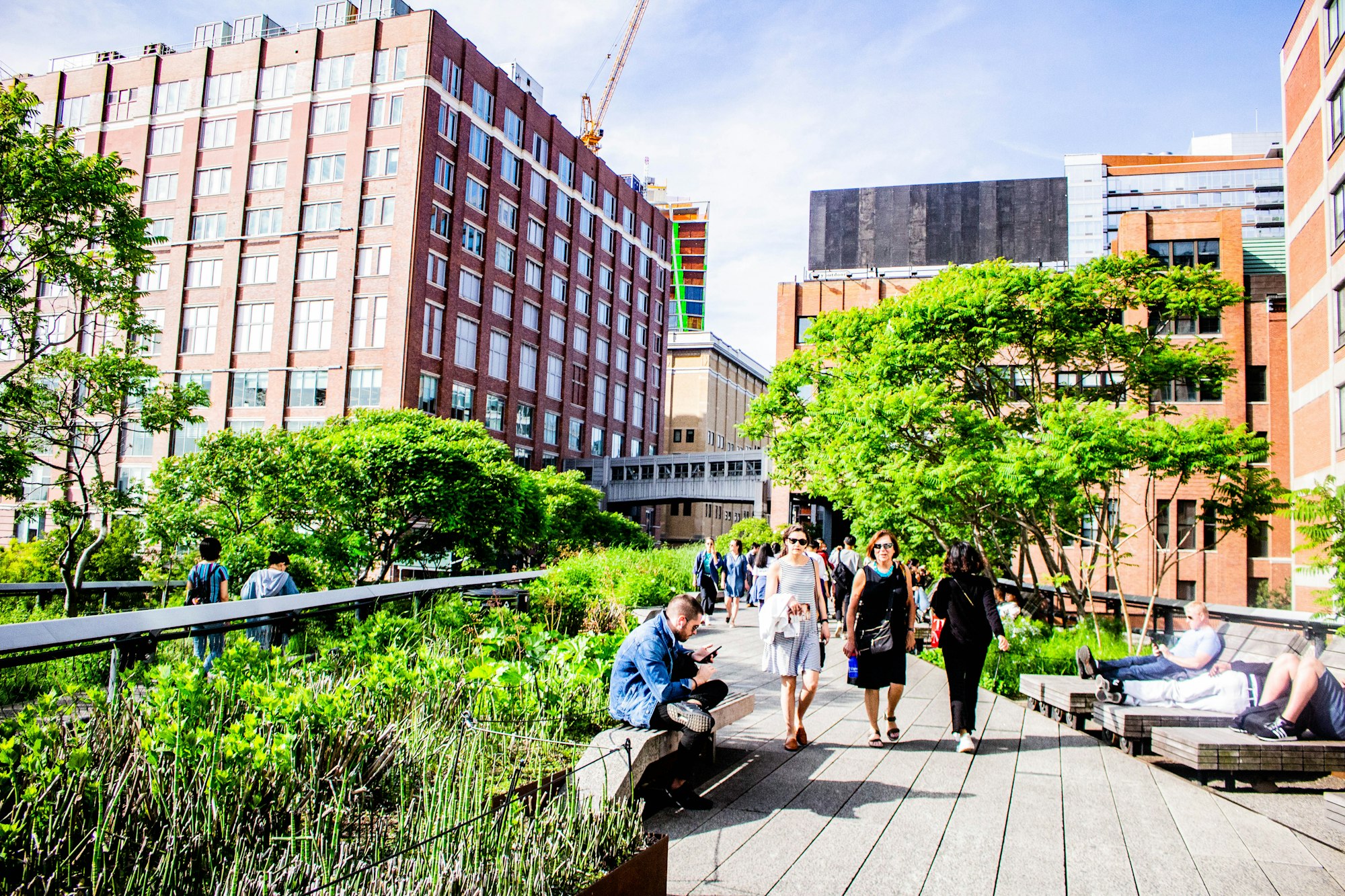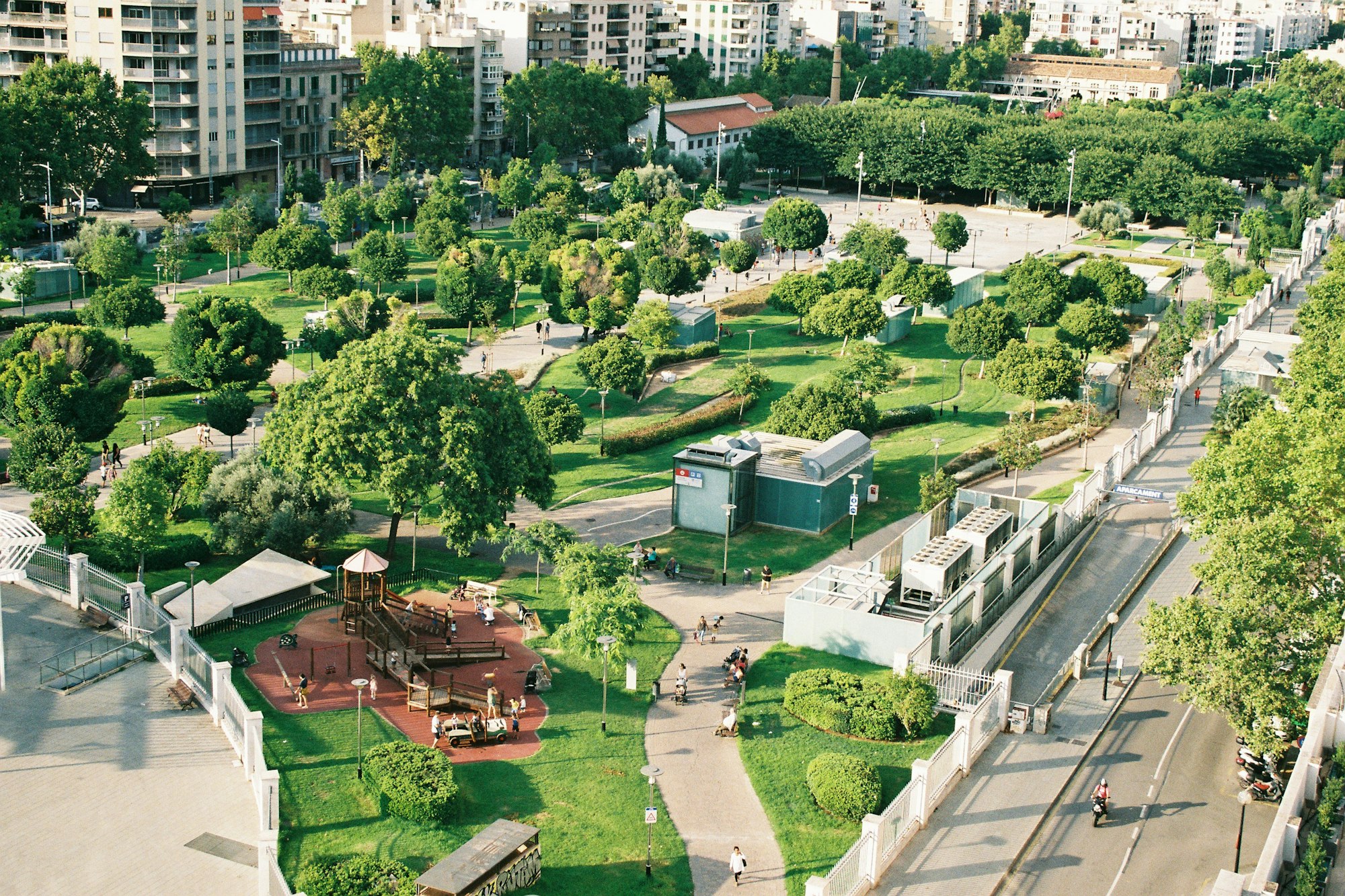The Heat Island Effect

Our earth’s climate is changing, and the effects of global warming are no longer subtle.
Just as we need to tackle climate change urgently to leave a livable planet for the next generations, we also need to adapt quickly to the already “locked-in” climate warming (meaning the temperature increase already bound to happen due to past carbon emissions). And with urban areas becoming denser by the day, cities are at the forefront of climate adaptation.
One of the most dire effects in cities is the increase in temperature. In places not built and designed for sharp and important temperature increases, cities will need to adapt quickly while making sure not to increase the very effect they are fighting.
But what exactly is the heat island effect and how can we tackle it?
What are Heat Islands?
Cities are composed of roads, buildings & infrastructure, which absorb and re-emit heat much more than natural landscapes such as forestry or water bodies. In urban areas, there is a high concentration of these structures and close to no natural elements or greenery–resulting in “islands” of urbanization with higher temperatures than relative outlying areas. These pockets of heat are called “heat islands”, and they can form in any city across the globe, whether small or large, tropical or continental.
While the extent of temperature differences vary between cities, for most of them, the difference is largest at night. Indeed, the annual mean air temperature of a city of 1 million people can be up to 3°C higher than its surroundings. In the evening, according to the CDC, this temperature difference can be as high as 12°C!
Climate change and the heat island effect are strongly connected and the first will only worsen the latter in the future. As urban population densities increase and natural land areas decrease, heat islands will strengthen.
But why would higher temperatures in cities be a bad thing?
Heat islands lead to increased temperatures, higher air pollution and can generally affect human health by increasing discomfort, respiratory difficulties, heat cramps, exhaustion, heat strokes, heat-related mortality, and more.
Hot surfaces also release significantly more chemicals and pollutants, thus impacting human health and, when combined with heavy rains, leading to pollution runoffs to natural waterways and the surrounding environment.
Simply put, the heat island effect has a strong impact on energy demand, during both day and night. In most cities around the world, more energy demands means more fossil fuel consumption and a greater load on the grid. That also means more carbon dioxide in the atmosphere, and more pollutants from energy producing factories.
The good news is that communities can address and adapt to these trends by taking action.
Most of these actions will usually lower heat island effects while also lowering greenhouse gas emissions that cause climate change.
Let’s see the existing solutions that we need to start implementing in all cities.
#1. Trees and vegetation
As obvious as it may sound, planting more trees and vegetation in cities is the best tool we have to tackle heat islands while cleaning the air in our cities
This means planning on a governing level for non-urbanized areas dedicated to nature, creating more parks but also dedicating underground space for trees. Indeed, the main problem in our modern cities is the lack of available underground space available to let roots develop.
Cities should also make sure they are planting trees that will survive and thrive under their future climate and use every bit of public space possible. Great examples of cities regreening include schoolyards being transformed with vegetation, or abandoned train lines being turned into public parks.

#2. Green roofs
Another way to bring vegetation back into cities is using roofs’ surfaces. As most of our cities have available and unused roof spaces, cities could make it compulsory to cover roofs with vegetation.
Green roofs have many advantages as we already discussed in this blog article. They are a great insulator, both thermal and acoustic. They can help biodiversity thrive in cities, as well as retain water in order to limit floods.
The vegetation on these types of roofs absorb less heat than usual urban material, and they can release humidity at night, thus helping cool surrounding areas. The buildings on which they sit will not heat up as much and will need less energy to cool down during heat peaks.
There are many types of green roofs that can be deployed and most of them don’t require any structural work or reinforcement, so they can easily be installed on existing buildings.
#3. Cool roofs and pavements
Most of the materials used in our cities are great at retaining heat. Asphalt, concrete, metal, etc., are all absorbing a lot of heat during the day which they release overnight. Hence, cool roofs and sidewalks are another easy-to-implement yet great tool to help cities reduce heat island effects.
Cool roofs or pavements are designed to reflect as much sunlight as possible. This lowers the temperature of the surface. It can lower the temperature of buildings in the case of cool roofs, thus lowering the need for cooling, and can lower the city temperature or the runoff waters that goes into sewage, ponds or rivers, in the case of a cool pavement.
#4. Water points
Although fountains do not help cool a city, as there is usually only a tiny amount of water, larger water surfaces can greatly help reduce temperatures and reduce it quicker overnight.
Cities should protect their lakes, rivers or seafront and make sure to integrate them into the city along with parks and public spaces. Rivers could be diverted into smaller streams to run through cities, and ponds could be made out of retained rainwater.
#5. Smart urban growth
Lastly, smart urban growth is the best tool that cities can use to fight both heat island effects and climate change. Smart growth integrates all the above points in designing our cities in a way that helps us reduce the need for fossil fuel transportation, as well as urban sprawl.
Smart growth implies changing our way of designing cities. Urban areas usually have few trees and green spaces and are mainly covered with buildings, roads and parking lots, leading to extreme temperatures. The materials used in cities often reflect less and absorb more of the sun’s energy. In addition, cities are typically designed to be dense and compact, which prevents adequate release of heat.
Our cities need to grow smarter, and around and with nature, instead of against it.

